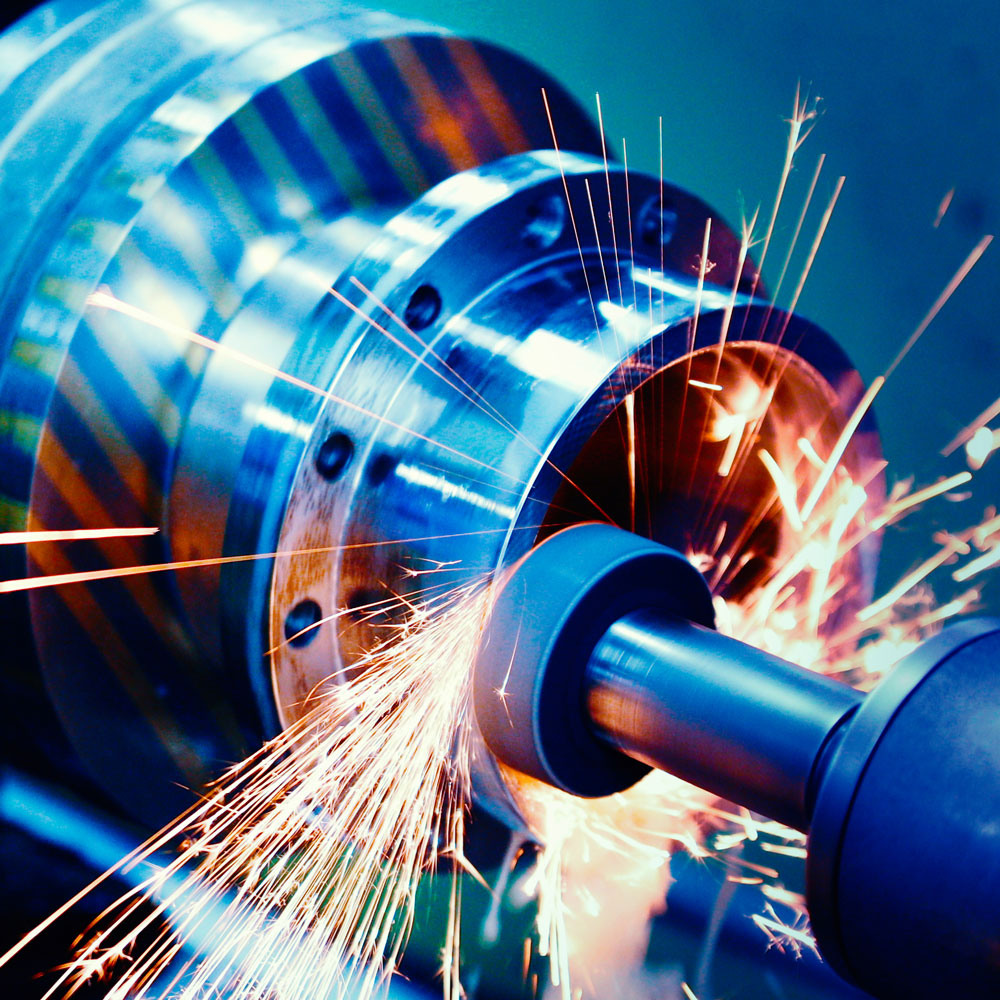Stepping Solenoid
- Minimum Life Expectancy of 10 Million Steps
- Single Pulse Operation
- Unique Tooth Clutch Drive
- 12, 18, 24 or 36 Position
- Uni-Directional or Bi-Directional Operation
- Foot, Flange or Stud Mountings Available*

Typical Applications
- Can Making Industry
- Control Gear
- Water / Medical Sampling
- Ticketing Equipment
- Food & Drink Processing
Stepping Solenoid Detail
Stepping solenoids provide much higher torque than the equivalent-sized stepper motors. For larger step angles, where speed isn’t essential to the application, stepping solenoids offer simple controls with just two wires, and a pulse of DC current to power the solenoid.
The key to stepping solenoids superior performance is the exclusive tooth clutch drive: it has a positive-action, self-locking drive which contributes to the greater useable torque output. The drive also acts as a built-in electro-mechanical clutch brake to eliminate the natural tendency of overdriving at the end of a step.
Stepping solenoids are available in 12, 18, 24, or 36 steps per revolution models, and uni-directional or bi-directional configurations. The internal parts of the stepping solenoid are permanently lubricated and enclosed to protect from external environments, making our stepping solenoids maintenance-free, cost-effective products for your application. For more infomation email enquiries@nsfcontrols.co.uk
*Please note: where flange mounting is used for bi-directional models, consideration should be given to securing both sections of the solenoid if high inertia loads are to be positioned.
Stepping Solenoid Design Considerations
Life Ratings
Life ratings Stepping Solenoids 10,000,000 actuations if bi-directional this will be in each direction.
Stepping Solenoid Technical
The performance tables show four columns of typical operating conditions for a given unit. The first two “normal speed, extended period of operation”, presume the stepping solenoids will be pulsed on a continuous basis (round the clock under normal ambient temperature of 20°C with no provision to cool the coil). Here the pulse ‘OFF’ interval is calculated to allow sufficient cooling time (between pulses) to prevent thermal damage.
Most applications, however, call for the stepping solenoid to operate on an intermittent basis, allowing time for the coil to cool while the stepping solenoid is not working. This permits a decrease of the pulse ‘OFF’ interval and a subsequent increase in stepping speed.
The performance information was developed from tests with friction loads, which represent the most severe condition because a constant torque throughout the stroke is required. An inertia load requires a high initial starting torque and a braking action at the end – a task that the Series 50-L Stepping Solenoid is designed to handle. In addition to the clutch brake, it has built-in compensation to reduce velocity toward the end of each step.
The detent torque values shown in the Specifications have already been taken into consideration in the performance tables. Detent torque need only be considered when there is a load against the shaft with no power applied.
Customised Stepping Solenoid Solutions
Send your application requirements to enquiries@nsfcontrols.co.uk
- Quantity required.
- Dimensions of the space available for the solenoid.
- Step positions.
- Uni-Directional or Bi-Directional.
- Force or torque required.
- Voltage available & current limit of supply.
- Duty cycle – specify max. on time and min. off time for 1 cycle.
- Temperature of working environment.

